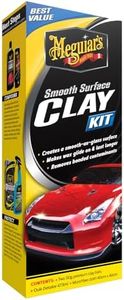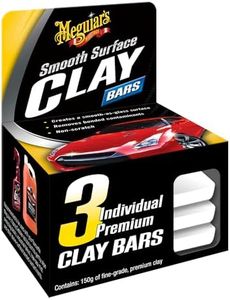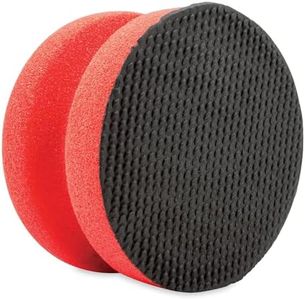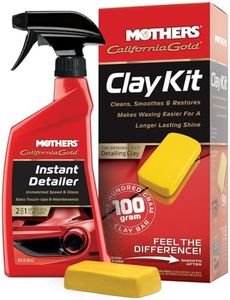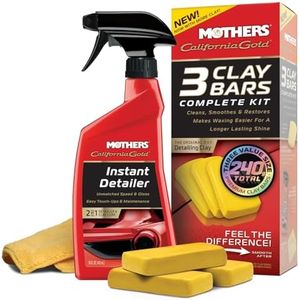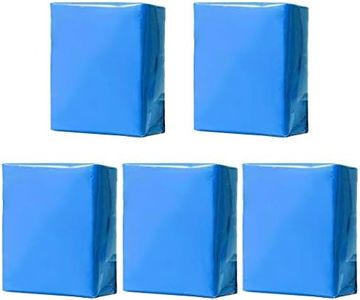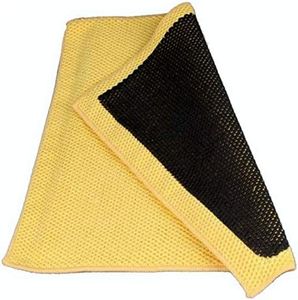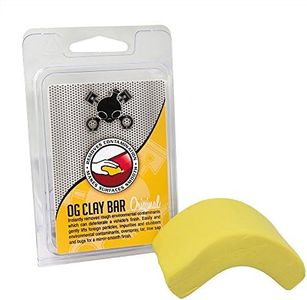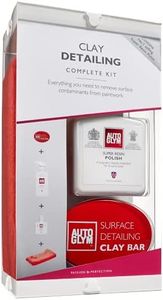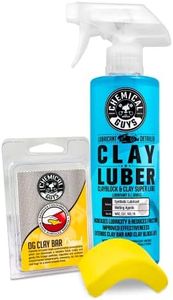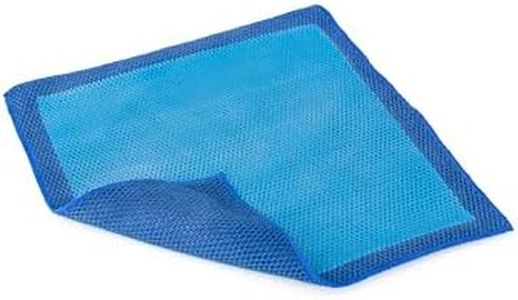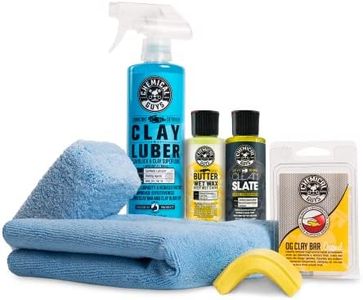We Use CookiesWe use cookies to enhance the security, performance,
functionality and for analytical and promotional activities. By continuing to browse this site you
are agreeing to our privacy policy
10 Best Clay Bars
From leading brands and best sellers available on the web.Buying Guide for the Best Clay Bars
Clay bars are a detailing product used to remove contaminants from your car’s paint, making the surface smoother and ready for waxing or polishing. If you care about keeping your car exterior flawless, understanding key aspects of clay bars ensures you pick one that fits your needs and doesn’t cause unnecessary damage. It’s important to select a clay bar that matches your experience and the level of contamination on your vehicle to achieve the best results.Aggressiveness (Grade)Aggressiveness, often referred to as grade, reflects how strong or abrasive the clay bar is. This matters because softer, milder bars are less likely to scratch paint but may not remove very tough contaminants, while more aggressive bars can tackle heavy pollutants but risk marring the paint if not used carefully. Grades typically range from fine (light duty), medium, to heavy duty. Choose a fine or mild clay bar if your car is maintained regularly and doesn’t see harsh environments. Opt for medium if you encounter noticeable roughness or bonded debris, and only use heavy grade for heavily neglected vehicles—be ready to polish the paint afterward to remove any light scratches.
Bar Size and WeightThe size and weight of a clay bar determine how much area you can cover before needing to knead or replace it. Smaller bars (around 2-3 ounces) are good for single use or smaller cars, while larger bars handle bigger jobs or provide extra value for repeat use. Think about how much claying you plan to do and how large your car is—smaller bars work well for occasional spot cleaning, whereas bigger ones are more convenient for full-vehicle details.
Ease of UseSome clay bars are labeled as soft or pliable, which means they're easier to knead and less tiring for beginners. Others can be stiffer, requiring more hand strength to work with, especially in cooler weather. If you’re new to claying or want a product that’s easy to handle, look for bars described as soft or beginner-friendly. Experienced users sometimes prefer firmer bars for durability and performance on stubborn spots.
Paint Type CompatibilityCertain clay bars are designed to be safe for all paint types, while others are specifically recommended for clear-coated or single-stage paints. This matters because using an overly aggressive bar on a delicate or old finish could result in scratches or hazing. Always check the label to ensure the clay bar is appropriate for your car’s paint. If unsure, opt for a universal or fine grade bar which is typically safe for most finishes.
Lubricant RequirementClay bars require a lubricant to prevent them from sticking to the paint and causing scratches. Some bars come with a lubricant or recommend a particular type (like quick detailer spray or soap solution). Knowing this matters because using the wrong lubricant or skipping it altogether can damage your paint. Choose a clay bar that comes with lubricant for convenience or ensure you have the right lubricant on hand to pair with your selected bar.
